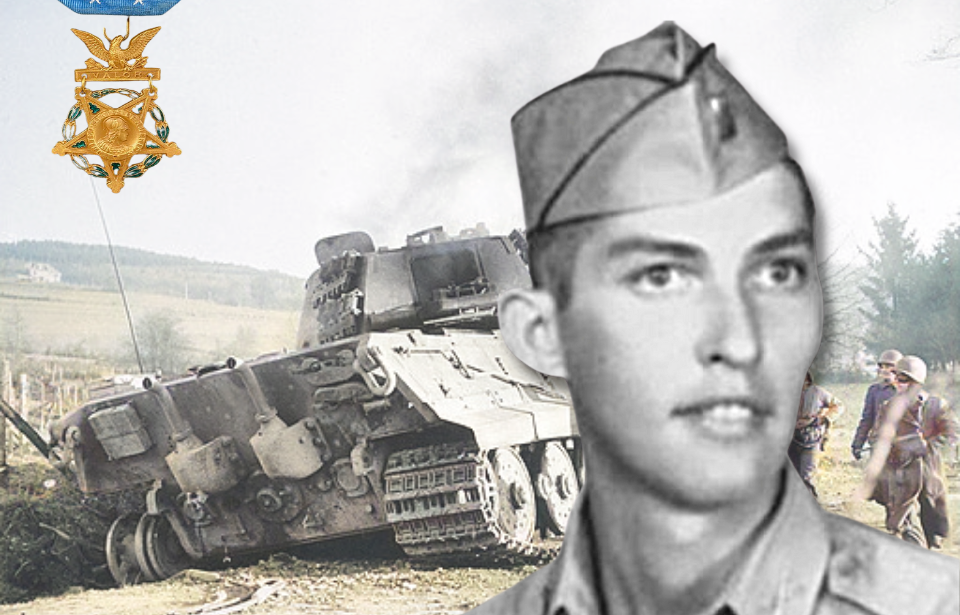Amid countless acts of heroism witnessed during the Second World War, the bravery and courage exhibited by Van Barfoot on the battlefield stand as an enduring imprint in history. Faced with innumerable German soldiers and formidable Tiger tanks, the US Army technical sergeant stood unwavering and became one of the conflict’s greatest American heroes.
Van Barfoot’s early life and upbringing
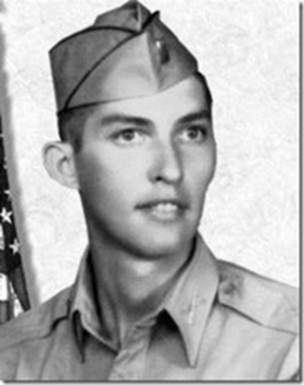
Born on June 15, 1919, in Edinburg, Mississippi, Van Barfoot was of Choctaw ancestry through his grandmother, yet his parents never formally enrolled him in the Choctaw Nation. He grew up on a cotton plantation shaped his early years and, in 1940, made the decision to enlist in the US Army.
Following basic training, Barfoot became a member of the 1st Infantry Division, serving in both Louisiana and Puerto Rico. He was later reassigned to the Headquarters Amphibious Force Atlantic Fleet in Quantico, Virginia. In 1943, when the unit was officially disbanded, Barfoot embarked on his WWII-era journey, joining the 157th Infantry Regiment, 45th Infantry Division.
Becoming a hero in Italy
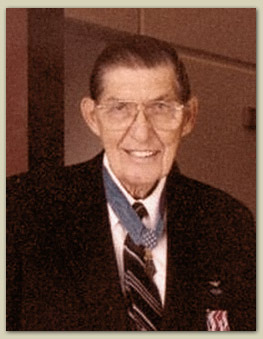
Leading his division, Van Barfoot played a crucial role in several engagements near Sicily from 1943-44. Engaging in significant offensives during the Italian Campaign, including the Allied invasions of Sicily and Italy, as well as the Battle of Anzio, he gained intimate knowledge of the challenging terrain.
On May 23, 1944, as a technical sergeant, Barfoot showcased unparalleled bravery when his unit reached the town of Carano, in southern Italy. Solo, he traversed a German minefield, encountering enemy forces. Single-handedly, he neutralized two machine gun positions, using a hand grenade for one, and compelled the surrender of another. In the ensuing confrontation, he captured 17 German soldiers and killed eight.
Barfoot’s valor faced a new test when three Tiger I tanks were dispatched by the Germans later in the day. Employing a bazooka, he struck the first tank and efficiently dealt with its crew using a Thompson submachine gun. The other two altered their course. After their retreat, Barfoot dismantled an abandoned artillery piece and rescued two injured American soldiers.
Recognizing his extraordinary actions, Barfoot was awarded the Medal of Honor on September 28, 1944. His citation reads, “Sgt. Barfoot’s extraordinary heroism, demonstration of magnificent valor, and aggressive determination in the face of pointblank fire are a perpetual inspiration to his fellow soldiers.”
Service in Korea and Vietnam
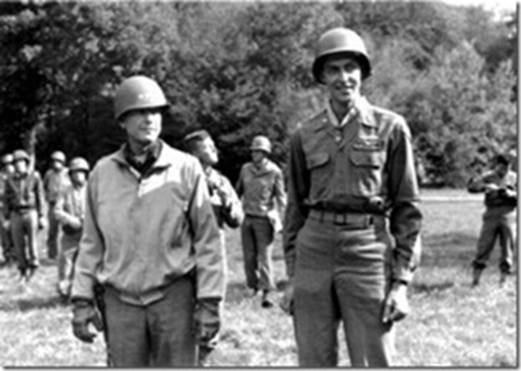
After WWII, Van Barfoot continued to serve with the US Army in both Korea and Vietnam, where he served as a helicopter pilot. Having completed flight training in 1960, he was qualified to take on this role. From 1967-68, he amassed 177 combat hours.
In addition to receiving the Medal of Honor, Barfoot was honored with three Purple Hearts, the Silver Star, the Bronze Star, two Legions of Merit and 11 Air Medals. Upon his retirement from the Army, he’d achieved the rank of colonel.
Van Barfoot and the issues with his flagpole

At the age of 90, Van Barfoot resided in Henrico County, Virginia. As Veterans Day drew near, the retired soldier decided to erect a 21-foot flagpole on his property. Regrettably, the local Home Owners Association (HOA) raised objections, citing “aesthetic reasons,” despite the absence of any bylaws prohibiting flagpoles.
Barfoot’s encounter with the HOA’s stance quickly gained national attention. Fox News ran a story highlighting the absurdity of the situation, and the Army veteran received support from Sen. Mark Warner (D-VA), Sen. Jim Webb (D-VA) and White House Press Secretary Robert Gibbs. Remarkably, within a mere week, the HOA withdrew its complaint.
Van Barfoot’s death and legacy
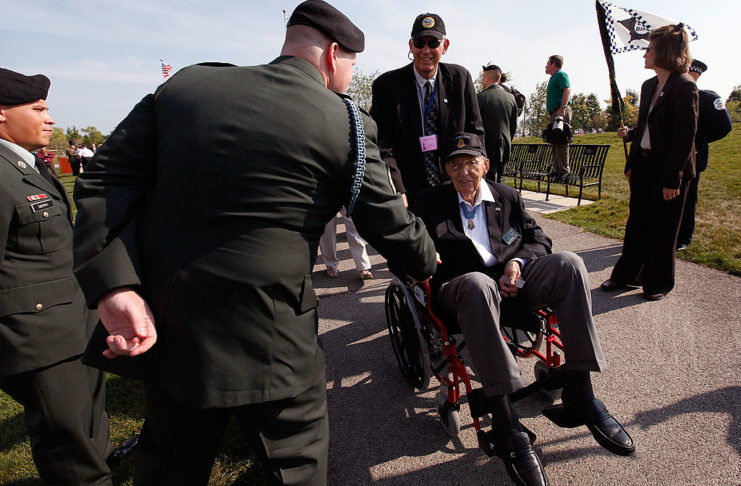
Van Barfoot died on March 2, 2012. According to his daughter, the 92-year-old had fallen in front of his home and suffered a skull fracture, which caused a brain bleed.
More from us: Mary Edwards Walker: The Only Woman to Receive the Medal of Honor
The portion of Mississippi Highway 16 that runs through Barfoot’s hometown is called the “Van T. Barfoot Medal of Honor Highway,” and a building at McGuire Veterans Hospital in Richmond, Virginia is named in his honor. In May 2022, it was announced Fort Pickett, Virginia will be renamed Fort Barfoot. This is part of the recent push to rename buildings once named for members of the Confederate Army.
